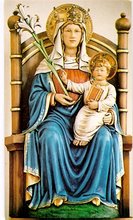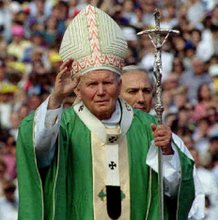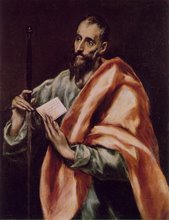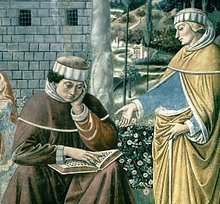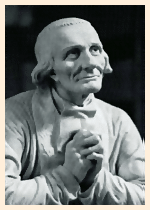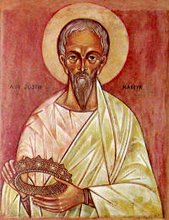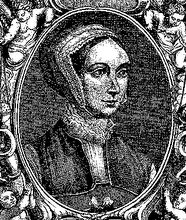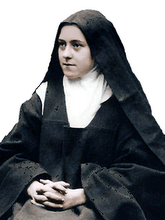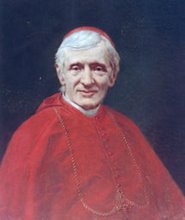
With the new English translation of the altar missal only months away I do hope that you have been able to attend, to whatever degree, to the preparatory catechetical material. Indeed, the opportunity for Liturgical formation which was unfortunately omitted at the time of the reform in the late 60s, is now again possible. The need for Liturgical formation is probably not universally appreciated, even though the lack thereof is staring us in the face. And what is such a great grace to the Church is that the present Holy Father has a profound Liturgical awareness, and has given so much of his time and energy to offering genuine Liturgical catechesis to the whole Church.
The DVD resource "Become one Body, one Spirit in Christ" is a necessary part of our Catholic education at this time. The section "Receiving the new translation" should be given particular attention. Some sequences on the DVD have limited value and in one section and English priest gives a very inadequate definition of the Priesthood. I would also say that the very heart of Liturgical formation, "active participation", which is joining ourselves to the action of Christ in the Mass, is not treated adequately. However, this DVD is an indispensible resource for personal and communal use in an age which has, to a degree, lost sight of the Mass.
Another resource is available on the internet and you can watch its videos directly on-line, without purchasing a DVD. I recommend this website for its content: http://www.romanmissal.us/
The image above is a photograph I took a few weeks ago of a gothic statue of Our Lady in the old church in Perouges, France, near Ars.











